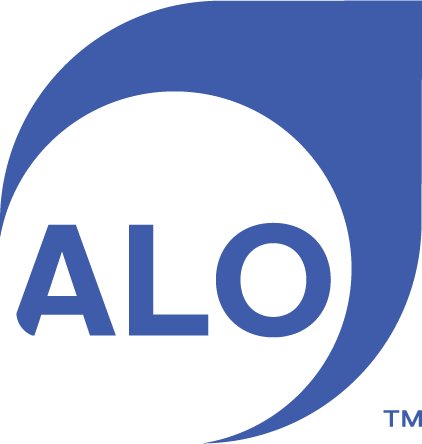Why It Makes Sense to Join a Clinically Integrated Network
Independent physicians are pretty used to dealing with multiple pressures, from lack of time with patients to administrative, staffing and financial stresses. Healthcare business models have evolved to help independents manage these challenges. But simply learning how these models work and deciding which approach is the best can add another layer of stress.
A couple of these payment mechanisms have risen to the forefront - the ACO (accountable care organization) and the CIN (clinically integrated network). While both have been around for a while, there can be more confusion about CINs since there are a multitude of ways they can be structured.
Independent physicians have many good reasons for considering joining a CIN. Before getting into the details, let’s look at just what a CIN is.
CINs are organizations in which physicians work together to deliver higher quality, more efficient and more coordinated care for patients. In return, they earn fee for service payment rates that reflect the value that the overall network is creating - while still maintaining their Value Based Contracts. For independent physicians, this can be a huge help, as they are able to access better technology, data, and rates than they could on their own.
CINs also help physicians adapt to value-based care models, by providing them with the data analysis capabilities that enable them to demonstrate the improved patient outcomes and reduced costs that payers want to see.
Physicians already in CINs and those considering joining often point to five overarching reasons why this model could be the right choice for building a sustainable, thriving practice. At Alo we’ve built our new CIN with these benefits in mind for helping North Carolina independent physicians:
1. Improve Patient Care
Physicians enter the field to make a difference in people's lives, and joining a CIN can help them achieve this goal more effectively. By collaborating with a diverse group of health care professionals within the network, independent physicians gain access to a wealth of knowledge, experience and resources. This collective expertise enables them to provide more comprehensive and coordinated care to their patients.
In a CIN, physicians can easily consult with specialists, share patient information securely, and access evidence-based best practices. This collaboration not only enhances the quality of care but also reduces duplication of tests and procedures - maybe more so in a CIN that’s not driven by a large healthcare system. When physicians are free to refer patients to the best, most cost-effective specialist or facility, instead of only places of care within the system, there’s a greater chance of achieving higher quality at lower costs.
2. Boost Your Financial Performance
I don’t know any independent physicians, when asked at a dinner party what they do for a living, who answer “business owner.” Yet independent doctors must make sure they can keep their doors open and lights on if they want to keep seeing patients. Joining a CIN is one way to improve financial performance and maintain a sustainable practice.
In accordance with anti-trust laws, CINs have been granted the ability to jointly negotiate with payers for rates that correspond to higher quality and more cost-efficient care delivered. Practices may find that they are able to obtain better fee-for-service rates by being part of a strong collective group and contributing to the group’s performance.
3. Access Advanced Technologies
For almost all independent practices, staying up to date with technology is a requirement. This is where independents often feel they’re at a disadvantage compared with their system-owned peers, who tend to have more resources. A CIN can level this playing field by giving independents access to advanced technologies and resources that might otherwise be financially out of reach. Having a data platform that seamlessly integrates EMR data, claims data, and actionable insights into one place, across payers and ACOs, is crucial for an independent practice. Otherwise, there are a whole lot of different apps and reports to be checking.
4. Find Professional Development Opportunities
If the above reasons aren’t enough, simply having regular contact with like-minded peers is a strong incentive for joining a CIN. Physicians within the CIN are in position to collaborate with each other, especially when it comes to professional development.
CINs often organize educational events, workshops, and conferences that provide access to the latest advancements and best practices. These opportunities allow physicians to enhance their clinical expertise, stay updated with current guidelines, and earn Continuing Medical Education (CME) credits. Leading CINs foster a collaborative, learning environment.
The Alo CIN is designed to provide these four opportunities to North Carolina’s independent physician community. Independents who want to create a more sustainable future for their patients, staff and themselves can contact us to learn more.
